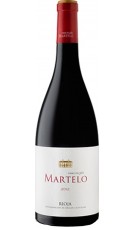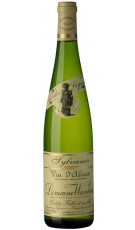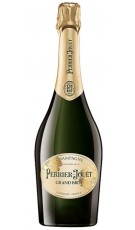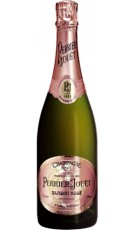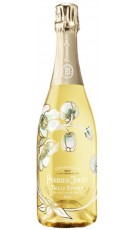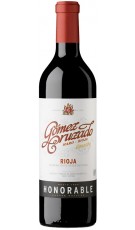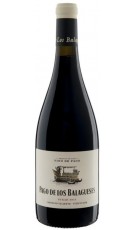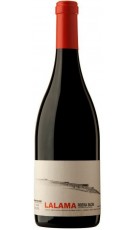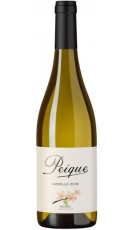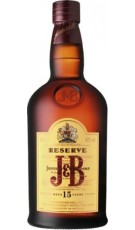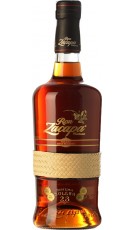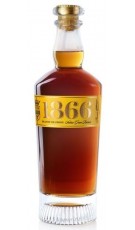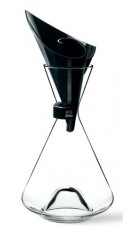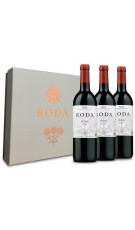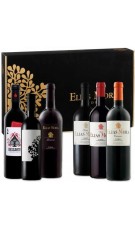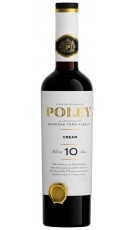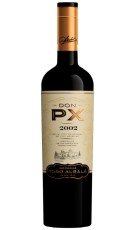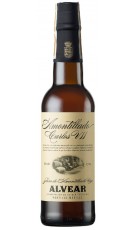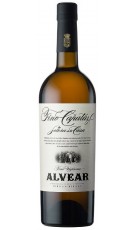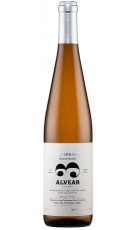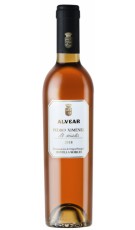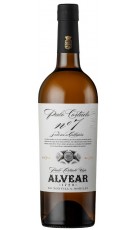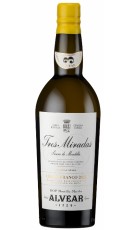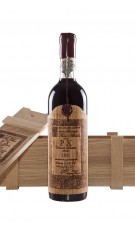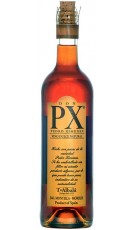
Denominación de origen Montilla-Moriles There are 12 products.
El origen de la viña es muy remoto. Se sabe que existía en el Terciario y que durante las glaciaciones, la planta subsistió refugiada en algunos de los cálidos valles de la región comprendida entre el Himalaya y el Cáucaso. Desde allí, cuando las t...
Catalog
-
Poley Cream 10 Years 0,50 L
Generous wine.TORO ALBALÁMontilla MorilesA generous wine with a unique and surprising character. Made with the mixture of our aged Don PX and Oloroso soleras, only with Pedro Ximénez grapes. It remains in oxidative aging for 10 years.
-
Don Px Cosecha 2002
Natural Sweet Wine.TORO ALBALÁMontilla MorilesDon Px Harvest 2002, almost three kilos of grapes are needed to obtain a liter of this wine. Once pressed, it is alcoholized up to 9% vol. and remains in a stainless steel tank for 12 months. After...
-
Don Px Cosecha 1999
Natural Sweet Wine.TORO ALBALÁMontilla MorilesThis 1999 Gran Reserva is an elegant wine, made with Pedro Ximénez grapes picked in mid-August and laid out in the sun for between 7 and 9 days to concentrate all their sugars. After...
In stock -
Amontillado Carlos VII
Amontillado wine.BODEGAS ALVEARMontilla MorilesVery old fine, aged by biological aging (under flor veil), continuing its production in oxidative aging (without flor veil), in American oak casks, through the traditional system of criaderas and...
-
Alvear Fino Capataz Solera...
White wine.BODEGAS ALVEARMontilla MorilesMade from the Pedro Ximénez grape, this wine comes from the solera with the most aging of the "finos" of the Alvear family which, after undergoing biological aging for 12 years, still keeps...
-
Alvear 3 Miradas Vino de...
White wine.BODEGAS ALVEARMontilla MorilesBlended wine from different plots in the Sierra de Montilla, Superior Quality, made with grapes of the Pedro Ximénez variety from old vines grown in glass from the areas of Rio Frío...
-
Pedro Ximénez de Añada 2019
Sweet wine.BODEGAS ALVEARMontilla MorilesWine made with grapes of the Pedro Ximénez variety raisined in the sun, from a single harvest and with a subsequent assembly in reinforced cement cones for at least one year.
-
Alvear Palo Cortado Nº7
Palo cortado wine.BODEGAS ALVEARMontilla MorilesThe palos cortados are oenological rarities that can only be found among the oldest criaderas of generous wines. It honors the initial soleo of the winery, where formerly the "finos" promoted...
-
Oloroso Catón
Oloroso wine.BODEGAS ALVEARMontilla MorilesWine made by oxidative aging, in old American oak casks, by the traditional system of criaderas and soleras with sacks and dews, until completing an average age of at least 20 years.
-
3 Miradas Clásico Cerro...
Generoso wine.BODEGAS ALVEARMontilla MorilesWine made with the Pedro Ximénez grape, from the highest plot of the Sierra de Montilla, at the end of the Riofrío Alto area, facing southeast and at an altitude of more than 600m....
-
Don PX Convento Selección 1931
Sweet Wine VORSTORO ALBALÁMontilla Moriles"Convento Selección" are wines aged for generations, which have been left to age in barrels of amontillados so that the wine and the wood merge over time and obtain unbeatable results. Based...
In stock -
Don Px 2020
Natural Sweet WineTORO ALBALÁMontilla MorilesSweet and velvety wine, made with Pedro Ximénez grapes. After pressing, a sweet must was obtained and it was left to rest for more than a year, in stainless steel tanks. A natural jewel full...
In stock

El origen de la viña es muy remoto. Se sabe que existía en el Terciario y que durante las glaciaciones, la planta subsistió refugiada en algunos de los cálidos valles de la región comprendida entre el Himalaya y el Cáucaso. Desde allí, cuando las temperaturas se suavizaron, viajó hacia Europa, propagándose por ambas costas mediterráneas. Está demostrada, por restos arqueológicos, la fundación íbera de Montilla y la antigüedad allí del cultivo de la vid. Recientemente, han aparecido unas pepitas de uva (vitis vinífera), en las excavaciones que se están realizando en el Castillo, que según los expertos datan del siglo VIII o IX a C. Por el Sur de la Península Ibérica han pasado multitud de civilizaciones a lo largo de la Historia que han contribuido de manera definitiva a la vitivinicultura de nuestra zona. El poderoso Imperio Romano, donde Roma gozó con los reconocidos vinos procedentes de la Hispania Ulterior; la dominación musulmana en la que el vino, prohibido su consumo por el Corán, fue considerado un medicamento contra los males de la época y la Reconquista cristiana donde las grandes extensiones de viñedo, que llegaban incluso hasta las puertas de Córdoba, fueron repartidas entre los nobles que participaron en la misma. Es a partir de los siglos XVII y XVIII donde se produce la verdadera revolución en la producción vinícola en el Sur de la Península Ibérica, con la aparición de la crianza por el sistema de criaderas y solera.

(+34) 91 129 11 11
(+34) 638 458 218
- Brandy
- Cognac
- Gin Premium
- Ron
- Whisky
- Denomination of Origin
- Winery



